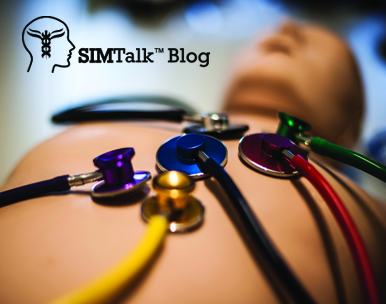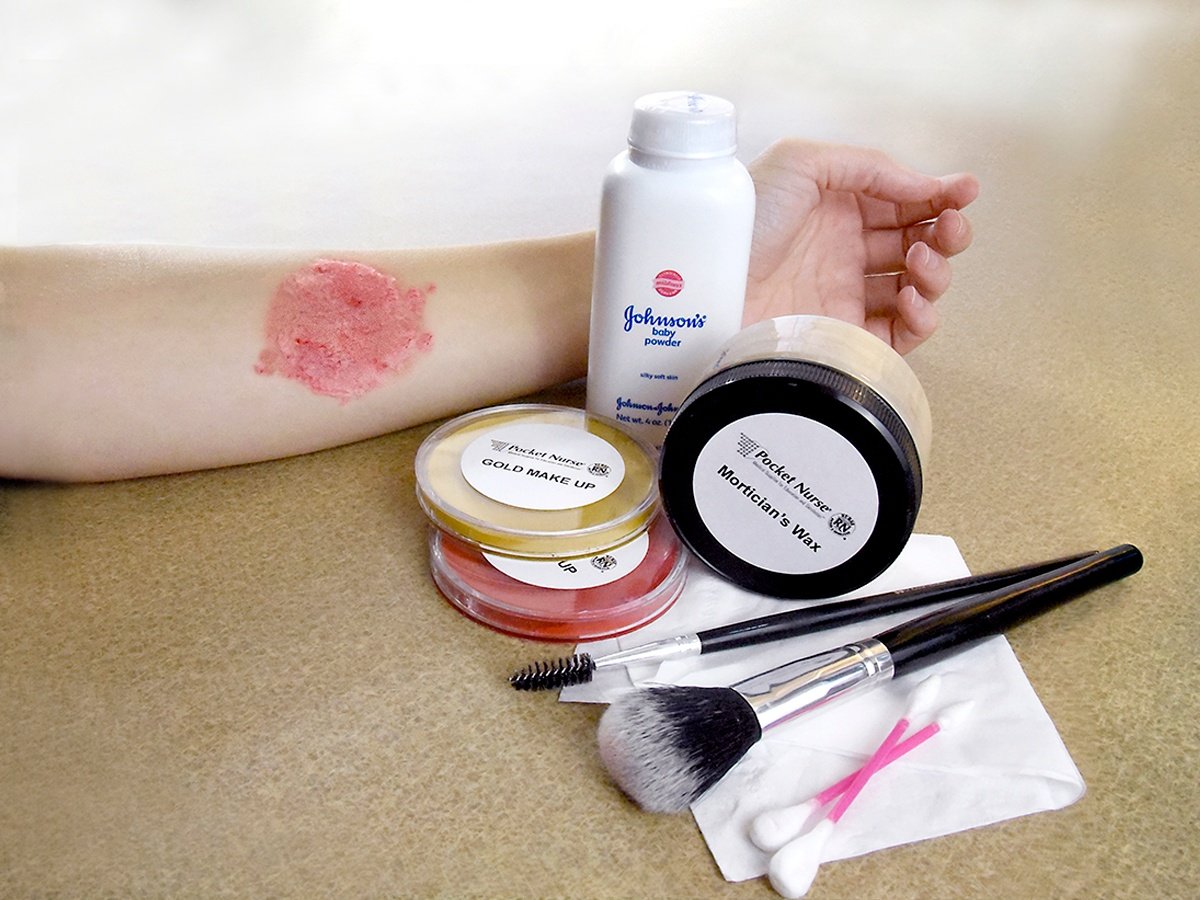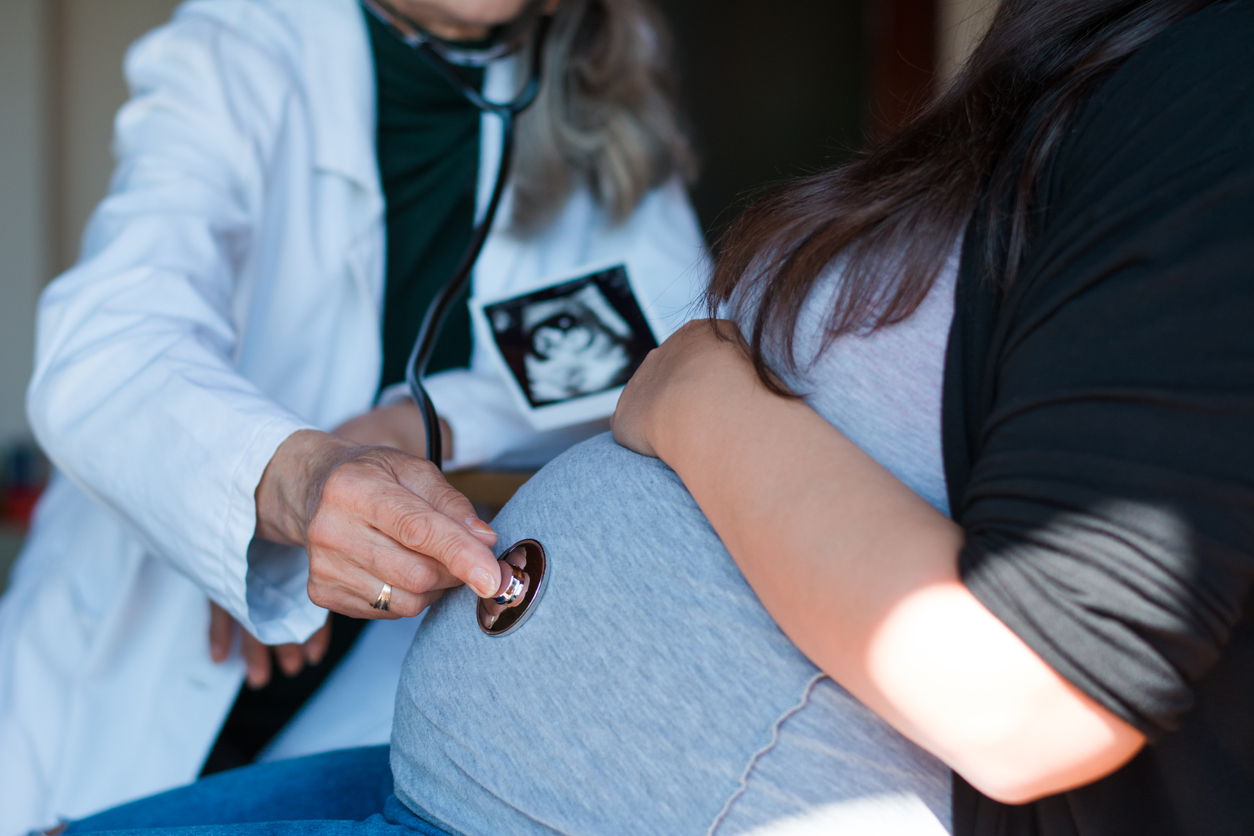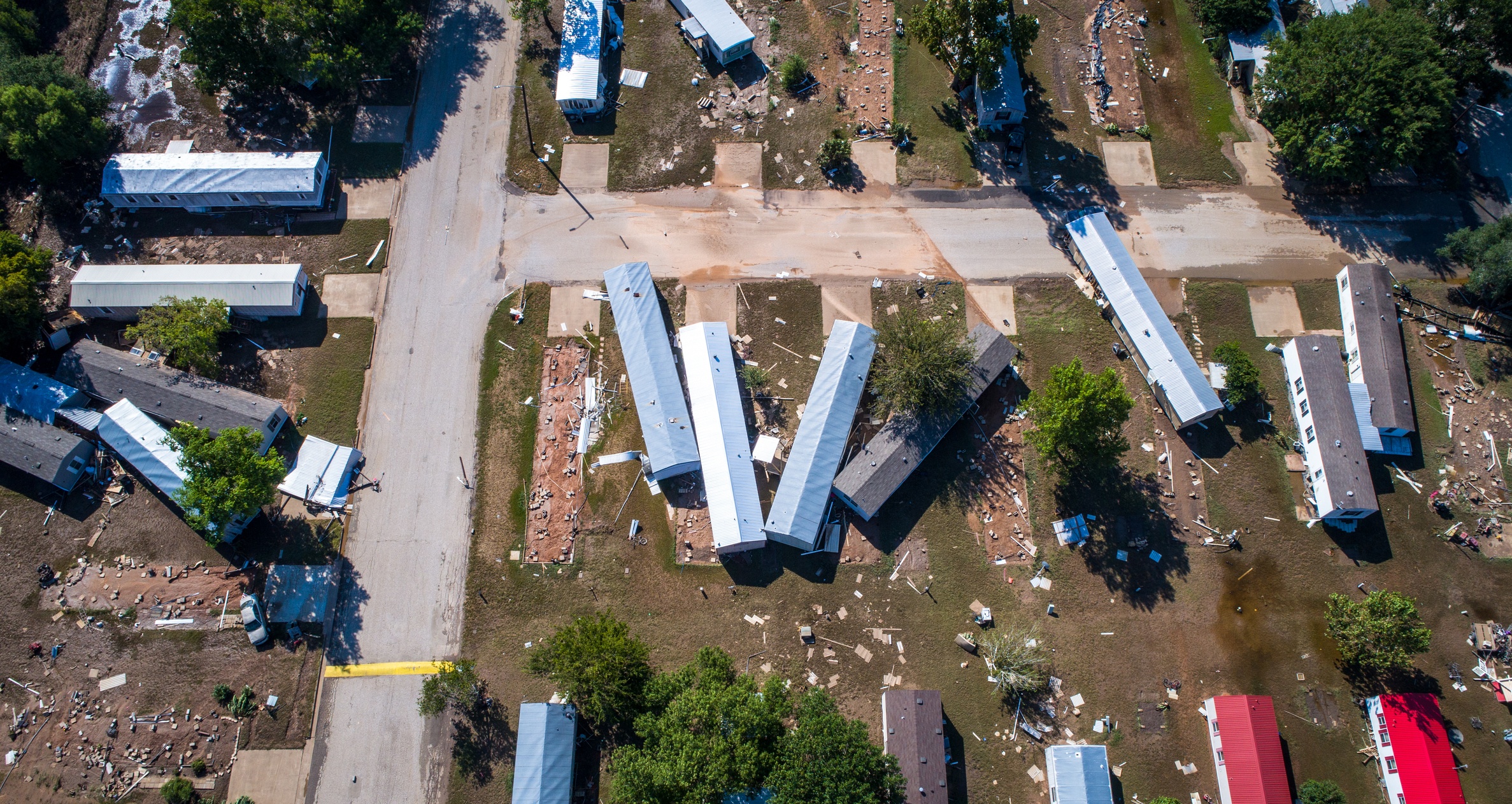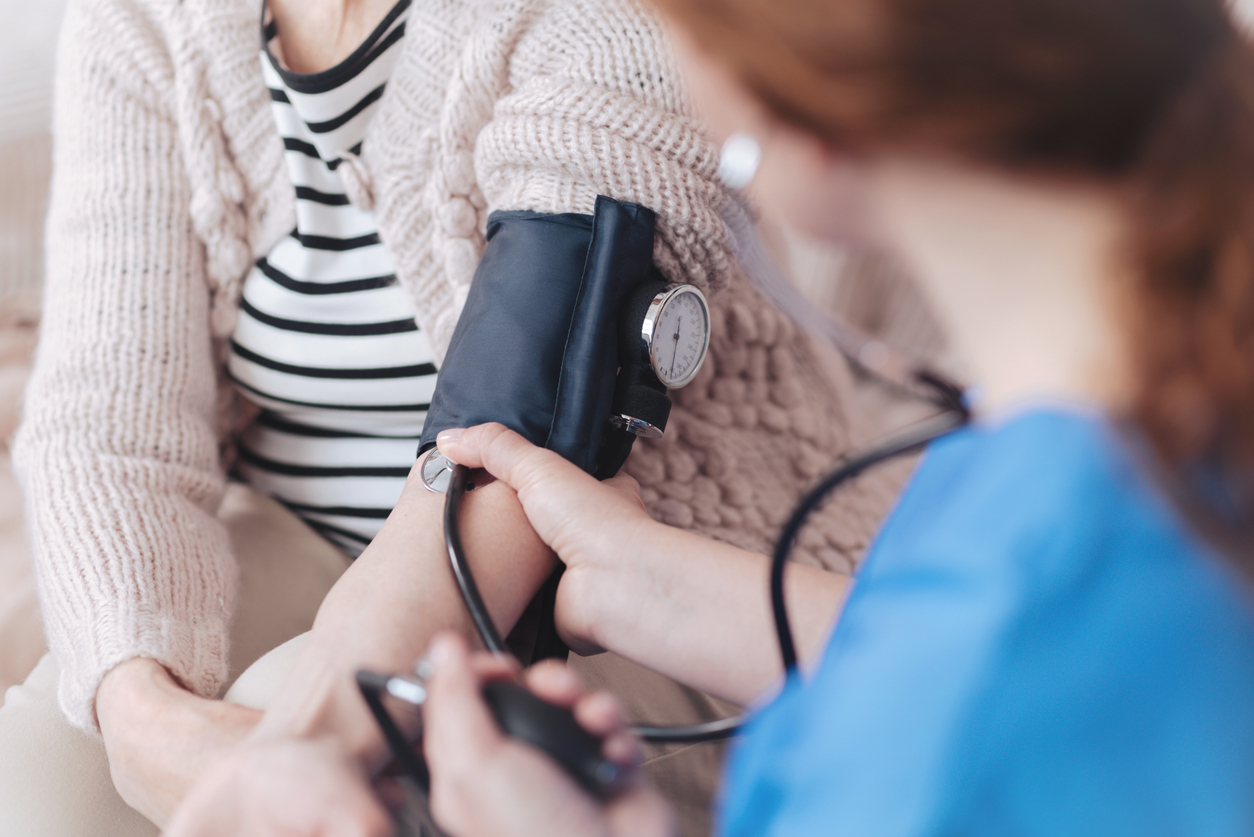.jpg)
Simulation in nursing or EMS education means a lot more than “pretending” to care for a patient. Standardized participants (SP), also called standardized patients, are real people who volunteer or are paid to act in scenarios. SPs are vital to the reality of a simulated scenario, and when effective, can provide learning opportunities in all types of ...

Simulation has seen many milestones and advances over the years. In a 2013 NCSBN multi-simulation national study, evidence was presented to show that nursing education can substitute clinical time with simulation without harming the educational outcome and learning aspect for the students. It’s not only colleges and universities that can benefit from ...

Simulation-based education has been defined as using standardized participants (SPs), High-Mid-Low fidelity simulators, and medical equipment to afford students an opportunity to be presented with a set of conditions and evaluate problems realistically. The student is required to respond to the problem(s) as he or she would in real life. The decisions ...

Treating bariatric patients can be challenging. Patients with obesity may delay seeing a healthcare provider for routine medical care.
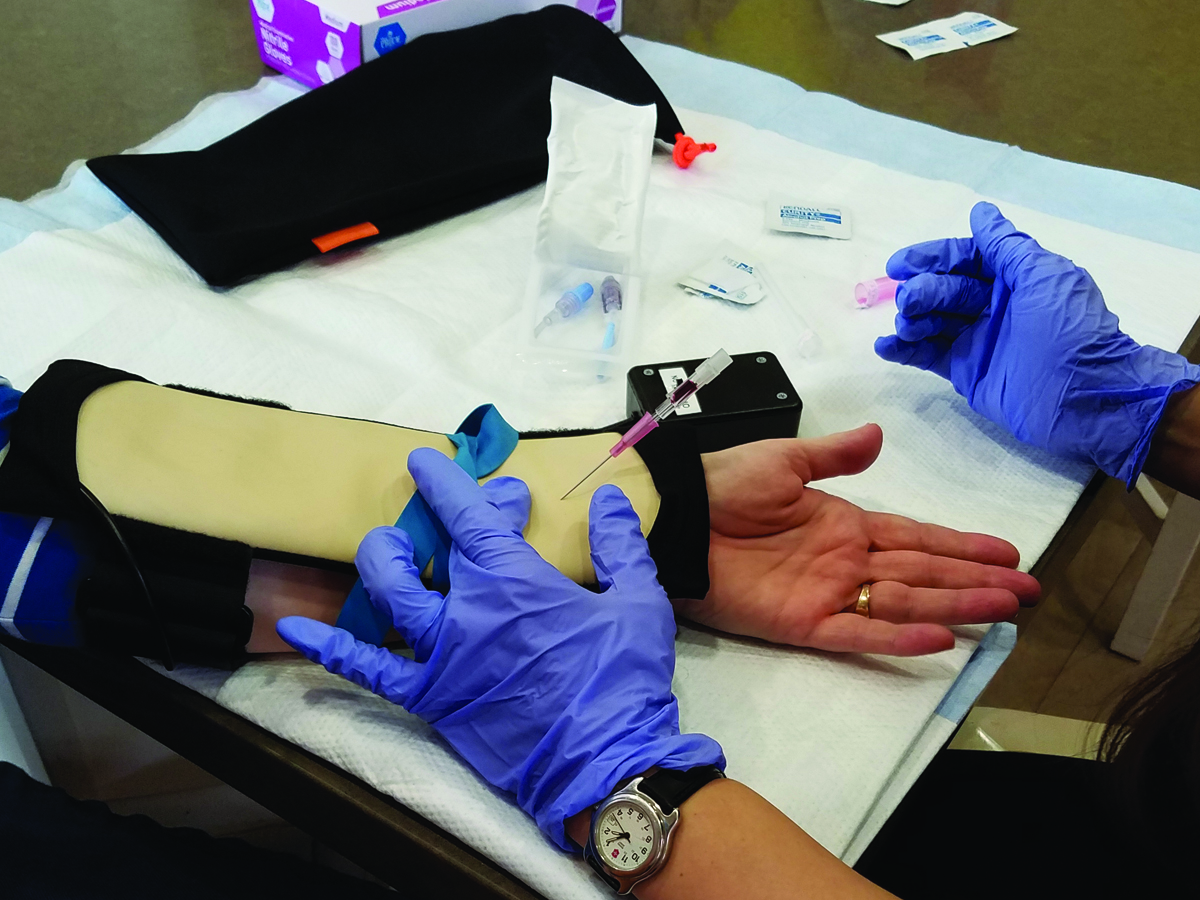
Adding humans into clinical simulation scenarios is not a new thing. Standardized patients (SPs), or standardized participants, can be volunteers, fellow students, or trained actors. With the introduction of virtual reality (VR), students will even start to interact with holographic SPs.
.jpg)




